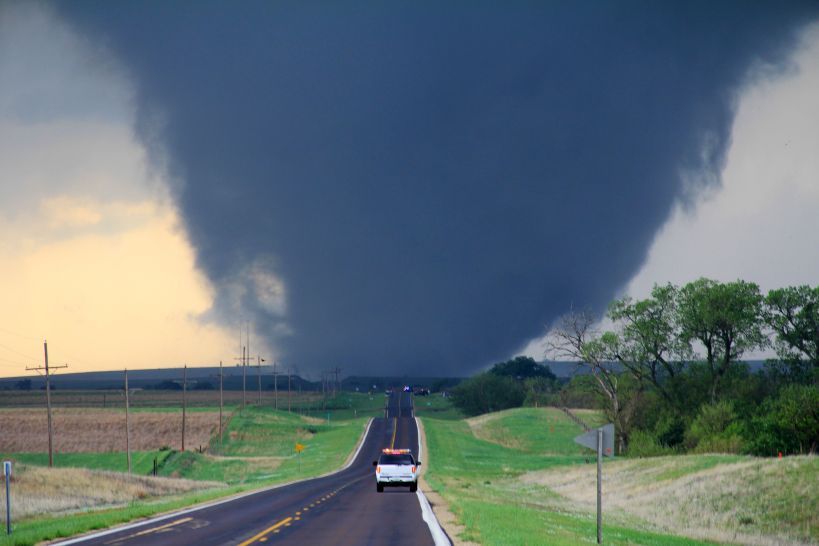- Home
- About
- Courses
- IR/INFO CONFERENCE
- Software
- EXPERT SERVICES
- STANDARDS
- Proposal Templates
- Electrical Systems & Rotating Equipment
- Building Envelopes
- Insulated Roofs
- Photovoltaic Systems
- Pest Detection
- Yachts and Small Craft
- Thermal Imaging of Horses
- Optical Gas Imaging
- Measuring Reflected Temperature
- Measuring Emittance
- Measuring Transmittance
- Distance/Target Size Ratios
- Complete Series
- Resources
- BUSINESS OPPORTUNITIES
- STORE

Director’s Message

While watching a Philadelphia area evening news broadcast on May 30, I couldn’t help but notice a black and white video that I instantly recognized as footage from an airborne thermal imaging system. Perhaps it was the drama at the heart of the story that caused the reporter to never mention that a large portion of the report contained thermal imagery.
Upon receiving a distress signal from the boat’s emergency radio beacon, the US Coast Guard deployed air and surface assets to the scene where the couple were found and hoisted into a rescue helicopter. Amazingly, much of the rescue was recorded by a thermal imager mounted on one of the rescue aircraft. The couple were then taken to a local hospital for treatment.
As a practicing thermographer, it gives me a sense of satisfaction when proper use of thermal imaging technology helps to ensure the safe operation of machinery, structures, or systems. I am especially proud of our technology when it is used to help save lives.
Thank you to the US Coast Guard personnel who carried out this amazing rescue and to all Coast Guard members whose tireless service help to protect our waters and those who sail upon them.
Tornado Safety

Tornadoes are nature’s most violent storms. Spawned from powerful thunderstorms, tornadoes can cause fatalities and devastate a neighborhood in seconds. A tornado appears as a rotating, funnel-shaped cloud that extends from a thunderstorm to the ground with whirling winds that can reach 300 miles per hour. Damage paths can be in excess of one mile wide and 50 miles long. Every state is at some risk from this hazard.
Some tornadoes are clearly visible, while rain or nearby low-hanging clouds obscure others. Occasionally, tornadoes develop so rapidly that little, if any, advance warning is possible. The best defense against tornadoes is to be alert to weather conditions and be ready to seek shelter.
Before a tornado, be alert to changing weather conditions.
- Listen to NOAA Weather Radio or to local newscasts for the latest information
- Watch for approaching storms
- Know the danger signs: dark, often greenish sky; large hail; large, dark, low-lying or rotating clouds; loud roar, similar to a freight train
If you see an approaching tornado or are under a tornado WARNING, seek shelter immediately.
- If you are in a structure, go to a pre-designated shelter area or the center of an interior room on the lowest building level. Get under a sturdy table and use your arms to protect your head and neck. Do not open windows.
- If you are in a vehicle, get out immediately and go to the lowest floor of a sturdy, nearby building or a storm shelter. Mobile homes, even if tied down, offer little protection from tornadoes.
- If you are outside with no shelter, lie flat in a nearby ditch or depression and cover your head with your hands. Beware of flying debris and the potential for flooding.
IR Inspections of AFCI Devices

In order to monitor for dangerous electrical arcing on a circuit, AFCI devices have electronic circuitry built into them. This circuitry can cause the body of the AFCI to run several degrees warmer than ambient temperature. Depending upon the settings of your thermal imager, these devices may show a marked contrast to their surroundings.
When thermographically inspecting AFCI devices, be sure to inspect the line and load side connections at the AFCI device as well as the neutral bus bar connection for the subject breaker. Should you find an AFCI device that is operating close to ambient temperature, it is likely that the internal circuitry has failed making the device incapable of protecting against arc faults. Such devices should be further tested and replaced should they be found defective.
Call for Papers for IR/INFO 2020

Presentations are typically 20-25 minutes with 5 minutes for questions and answers with the audience. All papers and presentations will be published in the IR/INFO Conference Proceedings. The deadline for abstract submissions is July 31.

Professional Curriculum
Infraspection Institute instructors use extraordinary techniques to deliver stimulating, effective, and relevant instruction. All of our instructors are highly experienced, practicing thermographers. Each brings years of unmatched, real-world experience to the classroom. Our courses are taught using a combination of dynamic multi-media presentations, hands-on demonstrations and one-on-one interaction with students. Our courses integrate theory, practice, and case studies in a fun, relaxed atmosphere designed to maximize your learning experience.

